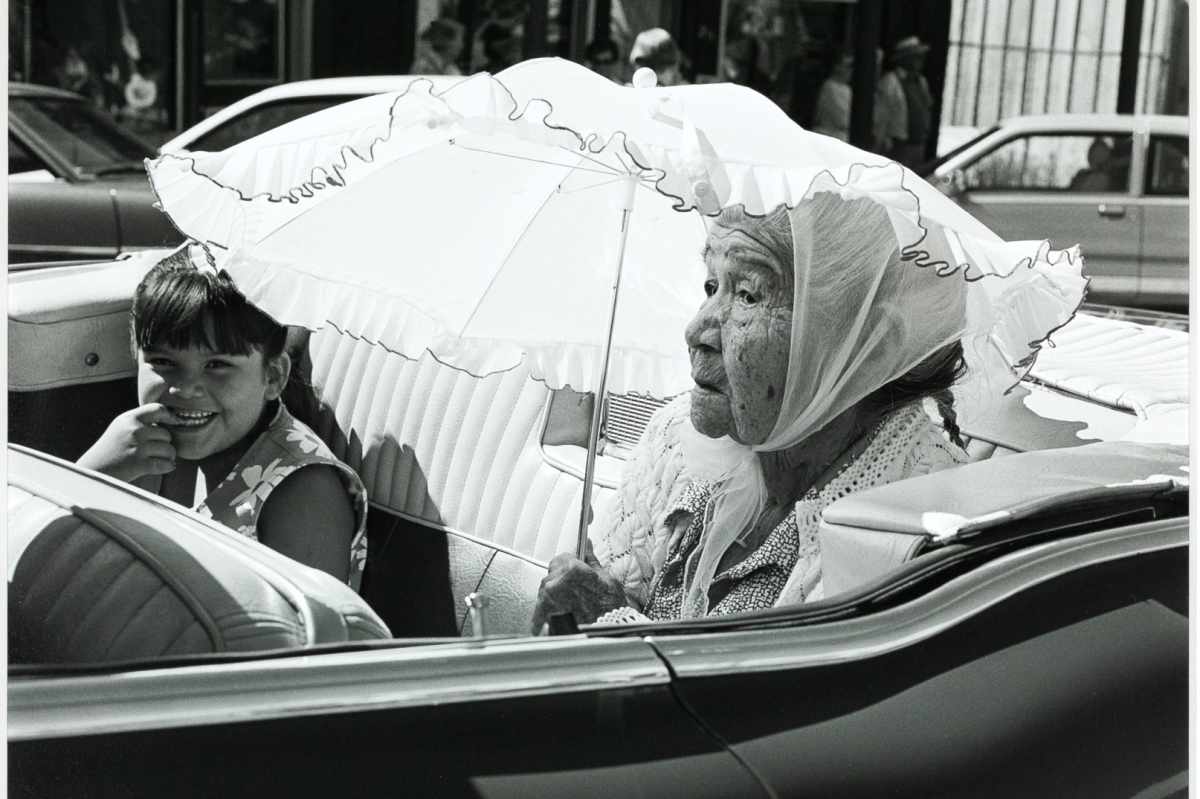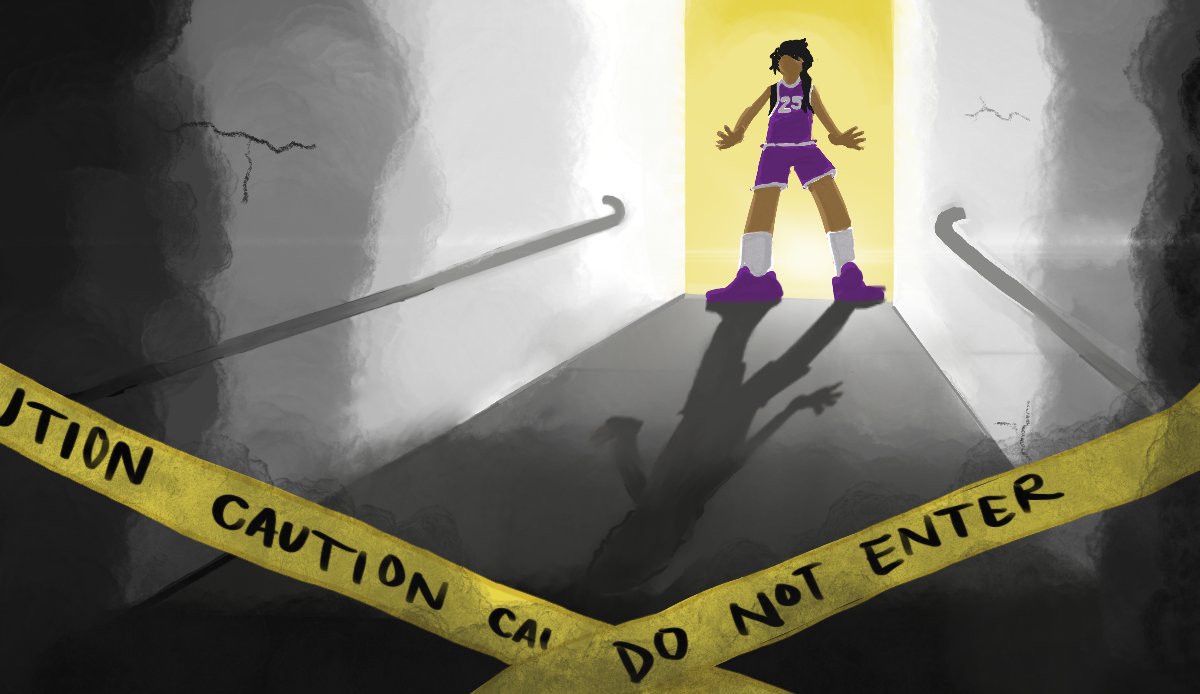I was a bit of a strange child growing up. I had a love of fear that a lot of other kids just couldn’t understand.
A good scary story was unadulterated joy to my young ears. I still love the tickling feeling you get in the pit of your stomach when you’re on the edge of a seat, biting your nails and frantically whispering at a doomed character to run or hide.
Wes Craven knew exactly how to stir up those sensations. Known to be a true master of horror, Craven passed away Aug. 30 at the age of 76 in his Los Angeles home.
The renowned horror writer and director lost his battle with brain cancer, but his haunting tales will live on eternally in the nightmare-riddled minds of many spooked, sleepless souls.
Some of the most iconic characters and images in modern horror were born in the mind of Craven. Among his most widely received and acclaimed films are “The Last House on the Left,” “The Hills Have Eyes,” and both the “Nightmare on Elm Street” and “Scream” sagas. He inspired countless retellings, reboots, and renditions of his frightening films.
Craven’s films aren’t just scary, they are examinations of the very medium in which they play out, often raising the question of “what is real?” From Freddy Krueger’s clawed hands reaching right out of your nightmares to grab you, to the killer’s obsession with horror films in the horror film “Scream,” there is always a tinge of uncertainty about where that elusive fourth wall actually ends.
Craven was an artist in the realm of horror. His passing leaves me, and many others, both heartbroken and filled with renewed inspiration to go forth and create while we still have the gift of time.
“Gone, but not forgotten,” the old saying goes. Wes Craven’s works will persist, burned into the minds of those who would dare to be scared.
Kit Berry is a Tower staff writer. Email her at happycowsmmmmcheese(at)gmail.com.
Categories:
RIP Wes Craven
September 4, 2015
Tags:
About the Contributor
In the fall of 2019, The Laney Tower rebranded as The Citizen and launched a new website. These stories were ported over from the old Laney Tower website, but byline metadata was lost in the port. However, many of these stories credit the authors in the text of the story. Some articles may also suffer from formatting issues. Future archival efforts may fix these issues.

























